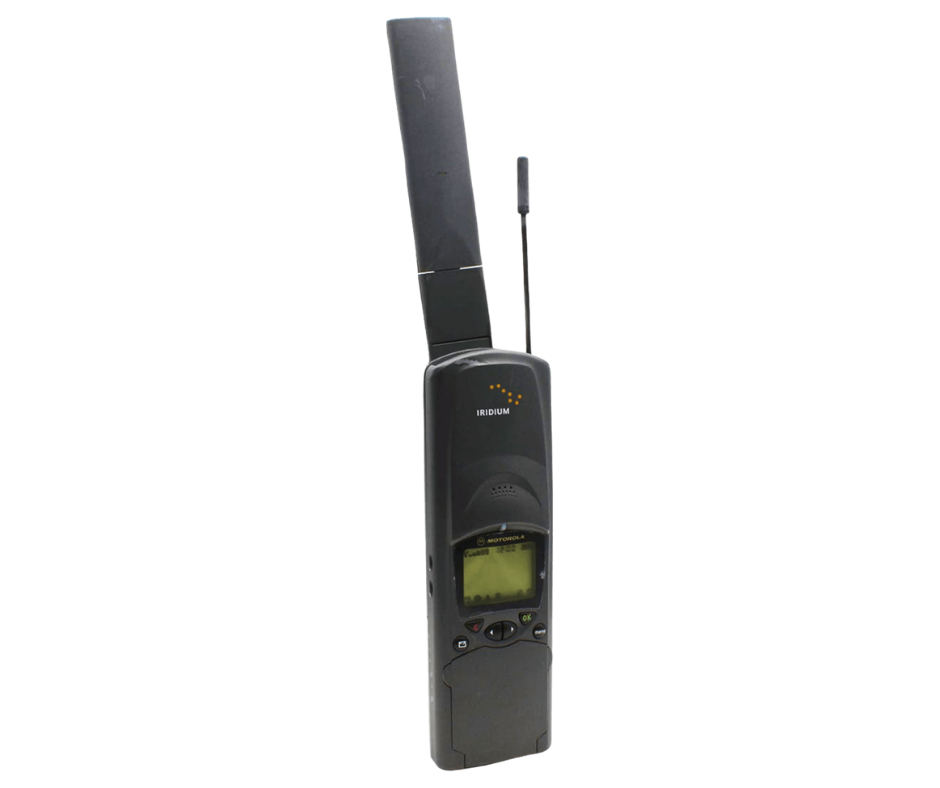The key engineering, legal and policy issues
MSS
Mobile-satellite service (MSS) describes a satellite service which typically connects to ground stations that move and are not fixed in place. An example of an MSS system is the Iridium satellite constellation which connects to satellite phones sold by the company.

MSS consist of a network of satellites and terrestrial ground stations. Apart from connecting to satellite phones, MSS can also be used for inter-satellite connections in space. The MSS earth station can be on land, on board a ship or a plane. In the latter two cases, we might refer to them as maritime mobile-satellite services or aeronautical mobile-satellite service.
In the Radio Regulations, the ITUThe International Telecommunication U... defines MSS as a radiocommunication service:
- between mobile earth stations and one or more space stations, or between space stations used by this service; or
- between mobile earth stations by means of one or more space stations.
(This service may also include feeder links necessary for its operation.)
Mobile-satellite systems may utilise non-geostationary satellites such as LEONGSO, or non-geostationary satellite orbit... or MEOMEO, or medium-earth orbit satellites are ... or geostationary satellites. Most MSS services operate in the L-band or S-band. In the EU, for example, the 2 GHz band (1980 – 2010 MHz and 2170 – 2200 MHz) is harmonised for MSS use in the region. See ITU Radio Regulations for further information on bands identified for mobile-satellite services.
Before the 1990s, the use of MSS was limited, with only two satellite network operators using MSS. The state of the sector looks vastly different now. The demand for MSS is expected to grow even more in the near future. MSS is envisioned to deliver connectivity to remote and hard-to-reach locations. MSS can also be used for machine-to-machine (M2M) or Internet of Things (IoT) uses.
